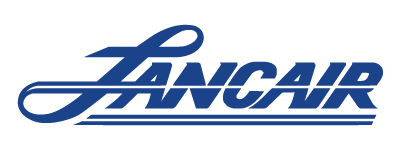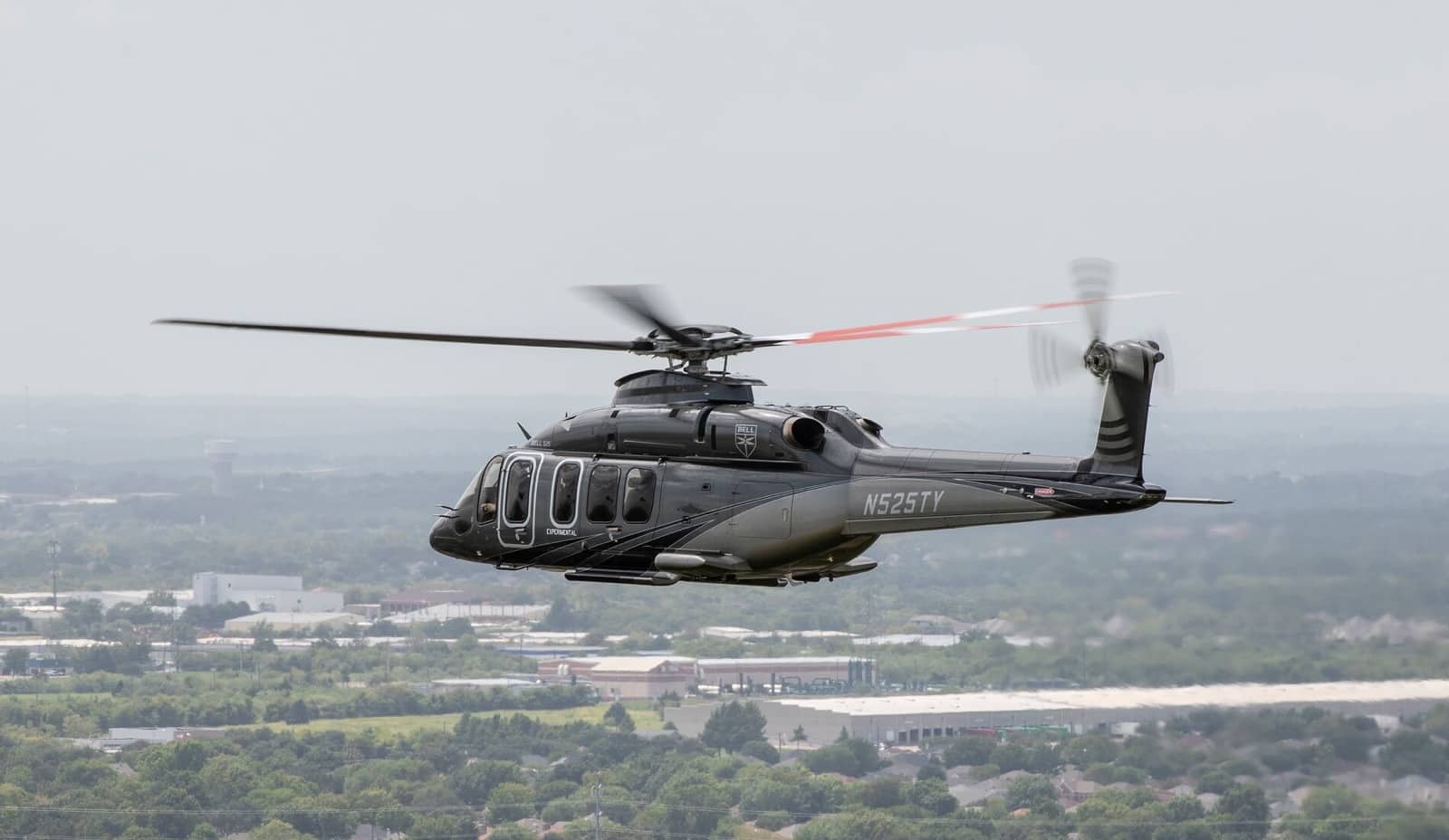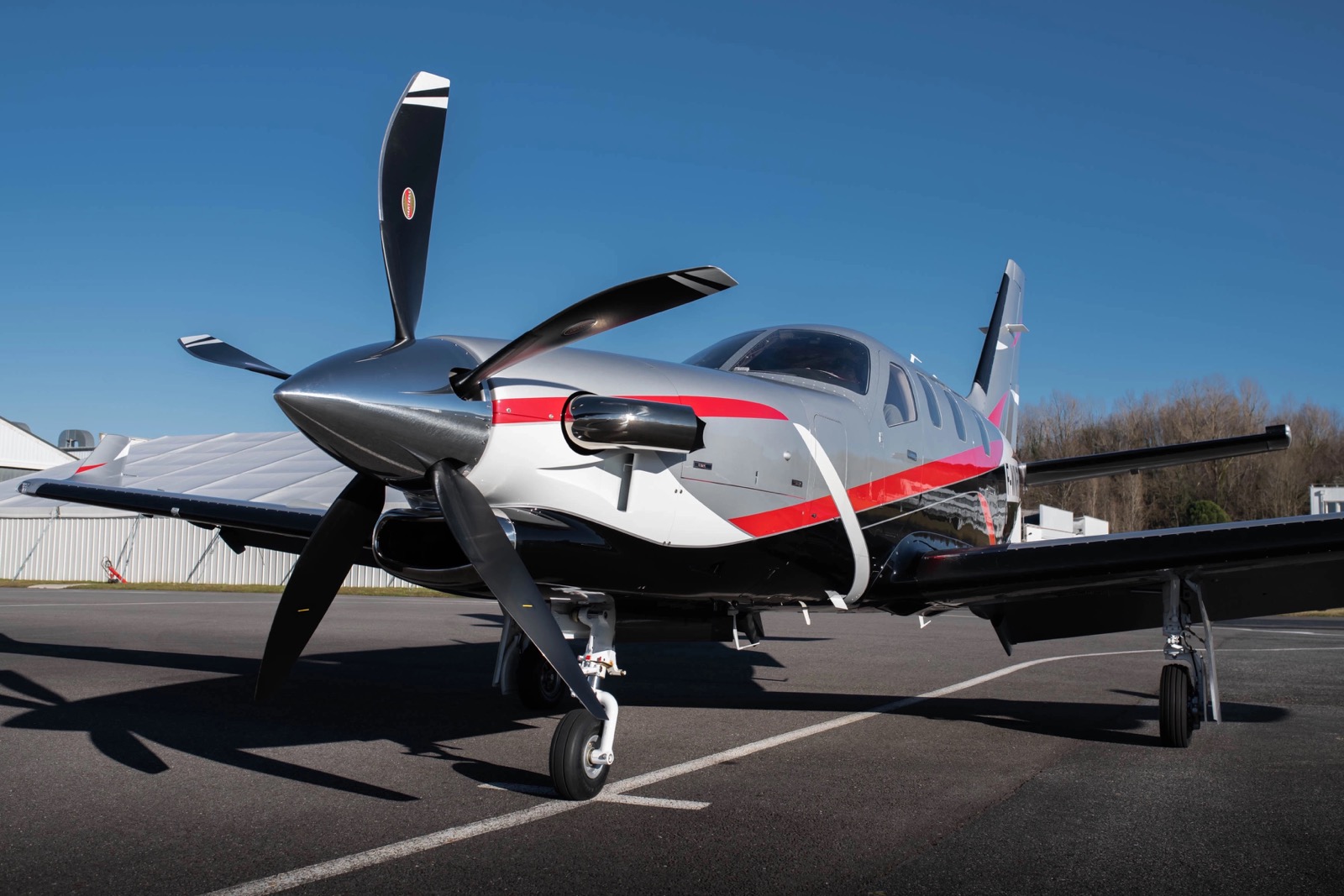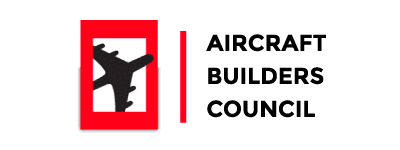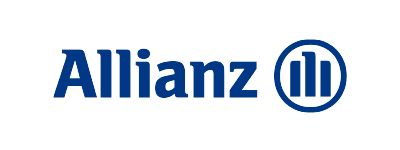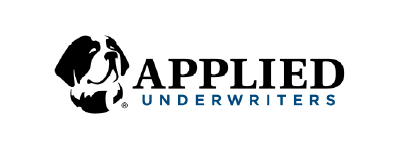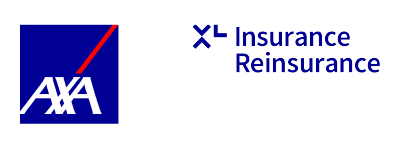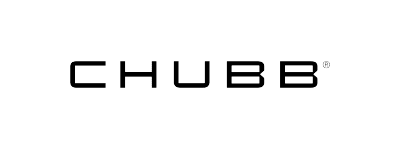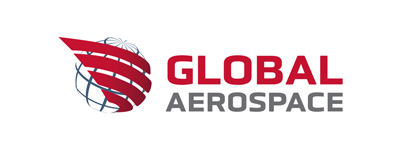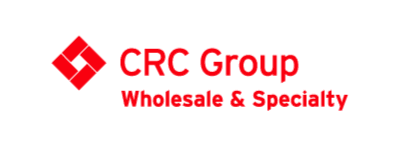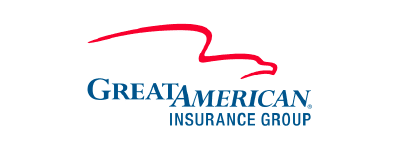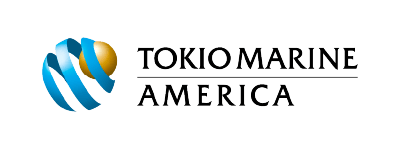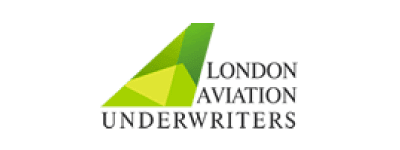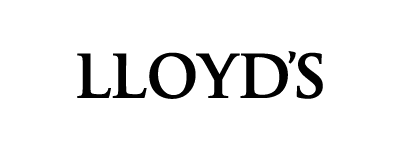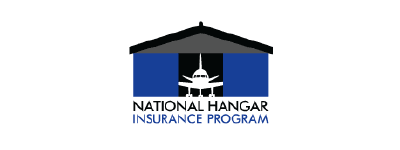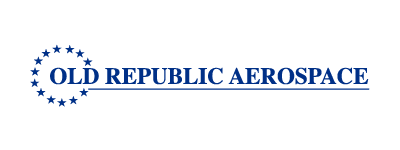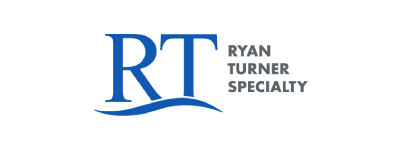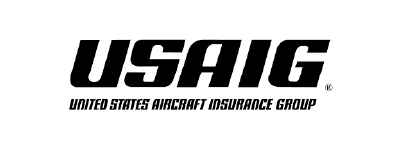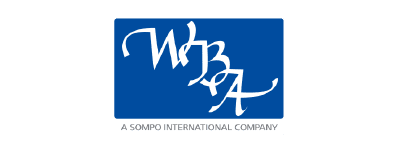Coverage Highlights
What Our Clients Are Saying...
Types of owned aircraft insurance we offer
Owner flown aircraft are typically single pilot aircraft such as:
-
Piper Aircraft
-
Pilatus Aircraft
-
Embraer Phenom
-
Cessna Aircraft
-
Daher TBM
-
Cirrus Aircraft
-
Honda Jet
-
Bell Helicopters
-
Robinson Helicopters
-
Airbus Helicopters
-
MD Helicopters
Pleasure & Business
Pleasure & Business aircraft operations have a higher loss ratio than Industrial Aid (pro pilots) so underwriters take a very close look at all aspects of these operations. These exposures must be underwritten very carefully as the hull values can be several million dollars. Even new single engine or multiengine piston aircraft can be valued above $1,500,000. New multiengine turbine aircraft such as the Phenom 300, Cessna Citation CJ4, and Pilatus PC-24 can see values above $10,000,000.
Pilot Experience and Training
Piston aircraft typically don’t require any form of annual training from a flight school or in a simulator other than maintaining the required FAA requirements for a pilot license. Also there’s no minimum flight experience most underwriters require to operate a piston aircraft. You can be a Student Pilot with zero total time and start flying a Cessna with an Instructor. A high valued Cirrus or Diamond on the other hand may require 200 total time and a Private Pilot license.
Turbine aircraft on the other hand will almost always require 12 month or annual training in a simulator or an Aviation Manager approved flight school. Attached list of Approved Schools. It is recommended to have at least Private Pilot License and Instrument rating with 1,000 total time and similar make and model experience. The higher the value of the aircraft the most experience will be required.
Number of Named Pilots on the policy
Most owner flown aircraft operations have one or two pilots listed on the policy like a father-son, husband and wife, owner and friend, or owner and mentor pilot. When you start adding over three or four pilots on the policy it creates a lot of additional work for the broker and underwriters to manage. As a result there’s less underwriting interest and rates will be higher, sometimes much higher. Also there should be a lot of questions about if there is any dry leases and fractional owners involved. Check out our page on Dry Leases (in Commercial Aviation Insurance).
Age of Aircraft
The cool thing about aviation is, every year new aircraft are create and put into the marketplace, but the old aircraft aren’t deleted or deregistered. They’re still out there with value and flying around, provided they are maintained. So the overall value or market cap continues to grow. But older aircraft can have less underwriting interest because, well, they are old and usually lower in value. A good percentage of aviation insurance companies will not provide quotes or insure and aircraft that is older than 25 years due to increased loss ratio or claims and the difficulty or obtaining replacement parts in the event of a claim and repairs being made.
Loss Ratio for claims
You are only required to report losses or claims within the past 5 years. The loss ratio can be calculated by taking your past 5 years losses and dividing it by the earned premium over the past 5 years. So if you had one claim for $50,000 and have paid $100,000. The loss ratio is 50%.
Hull Value
Aircraft insurance policies are written as a “Agreed Value” basis, meaning the insurance company will reimburse the insured not for the Bluebook value like the auto industry, but the Agreed Value the insured and insurance company agree its value is. We recommend using a close approximation to bluebook plus 10% of additional expenses to acquire a replacement. The higher the hull value the closer underwriters will look to protect their investment. It’s normal to see a new Cirrus SR22’s value at $1,200,000. Or a Diamond DA62 at $1,700,000. Or a Pilatus PC-24 at $14,000,000.
Most aviation insurance companies will have a cap on the highest hull value they can insure 100% for single pilot operations. This applies whether is Pro Pilots or Owner Pilots. As of recently, this number is at a $6,000,000 hull value. Anything over $6,000,000 will have to be “Quota Share,” meaning one insurance companies leads with a 50% share and another insurance company follows with a 50% share for a total of 100%.
Some common aircraft to see Quota Share are: high hull value single pilot operated aircraft such as a Bell 429, Airbus H145, Honda Jet, Pilatus PC-24, Phenom 300, and Citation CJ4.
Our Partners
Aircraft We Cover

Aero Commander IAI Westwind / 1123 / 1124 / II
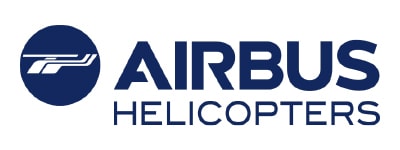
Airbus
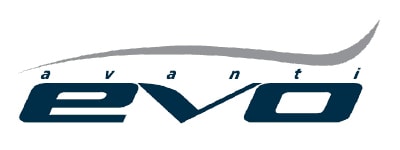
Avanti EVO
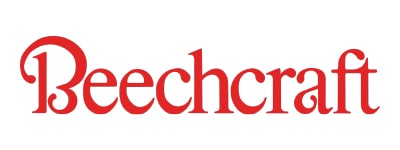
Beechcraft

Beechcraft Baron / G58

Beechcraft Baron 58P / TC

Beechcraft Bonanza / G36

Beechcraft Denali

Beechcraft King Air 100

Beechcraft King Air 200

Beechcraft King Air 250

Beechcraft King Air 260

Beechcraft King Air 360 / ER

Beechcraft King Air 90

Beechcraft Premier I

Beechcraft Super King Air 300 / 300LW

Beechcraft Super King Air 350 / 350C / 350i / 350iER

Bell
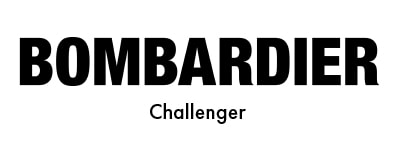
Bombardier Challenger

Bombardier Global
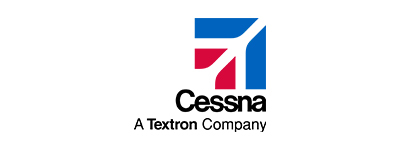
Cessna
Cessna 172
Cessna 182
Cessna 206
Cessna 210
Cessna 414 Chancellor
Cessna 421 Golden Eagle
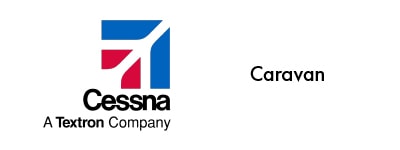
Cessna Caravan
Cessna Caravan 208
Cessna Citation 525
Cessna Citation Bravo
Cessna Citation CJ1
Cessna Citation CJ2
Cessna Citation CJ3
Cessna Citation CJ4
Cessna Citation Encore
Cessna Citation Excel
Cessna Citation I / 500
Cessna Citation II/SP
Cessna Citation III
Cessna Citation Latitude
Cessna Citation Longitude
Cessna Citation M2
Cessna Citation Mustang
Cessna Citation S/II
Cessna Citation Sovereign
Cessna Citation V / Ultra
Cessna Citation VI / 650
Cessna Citation VII / 650
Cessna Citation X / 750
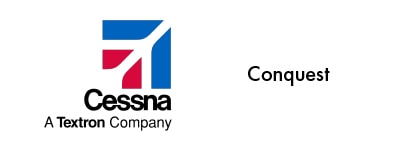
Cessna Conquest
Cessna Conquest I / 425
Cessna Conquest II / 441
Cessna Grand Caravan 208B EX
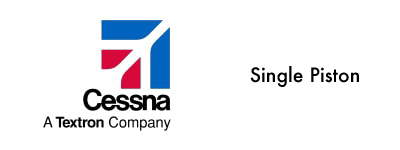
Cessna Single Engine Piston
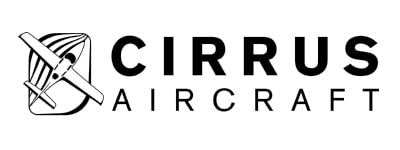
Cirrus

Cirrus SR20

Cirrus SR22

Cirrus Vision Jet SF50
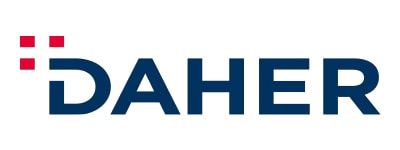
Daher

Daher Kodiak 100

Daher-Socata TBM-700

Daher-Socata TBM-850

Daher-Socata TBM-900

Daher-Socata TBM-910

Daher-Socata TBM-930

Daher-Socata TBM-940

Daher-Socata TBM-960
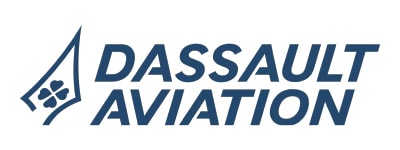
Dassault Falcon
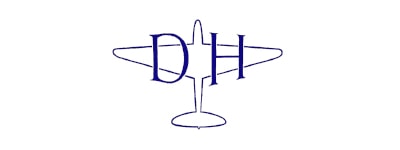
De Havilland Canada

De Havilland Canada DHC-3 Otter

De Havilland DHC-2T Turbo Beaver

Diamond

Diamond Aircraft DA40 Diamond Star

Diamond Aircraft DA42 Twin Star

Diamond Aircraft DA50 / DA50 RG

Diamond Aircraft DA62 / DA52
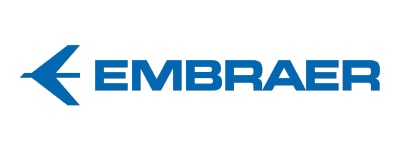
Embraer

Embraer Legacy 450

Embraer Legacy 500

Embraer Legacy 600

Embraer Legacy 650 / E

Embraer Legacy Shuttle

Embraer Lineage 1000 / 1000E

Embraer Phenom

Embraer Phenom 100 / 100E / 100EV

Embraer Phenom 300 / 300E

Embraer Praetor 500

Embraer Praetor 600
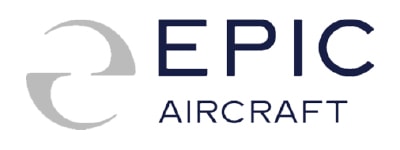
Epic

Epic E1000

Epic E1000 GX
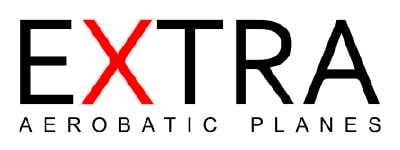
Extra
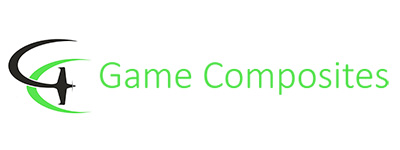
Game Composites
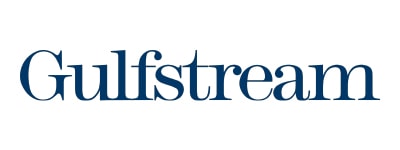
Gulfstream
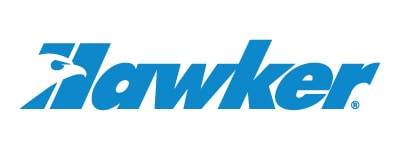
Hawker
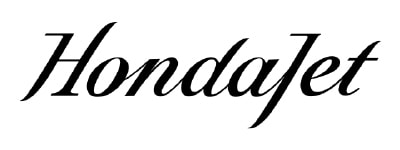
Honda Jet
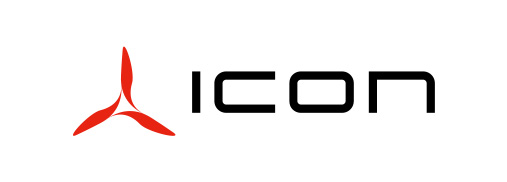
Icon

Icon A5
